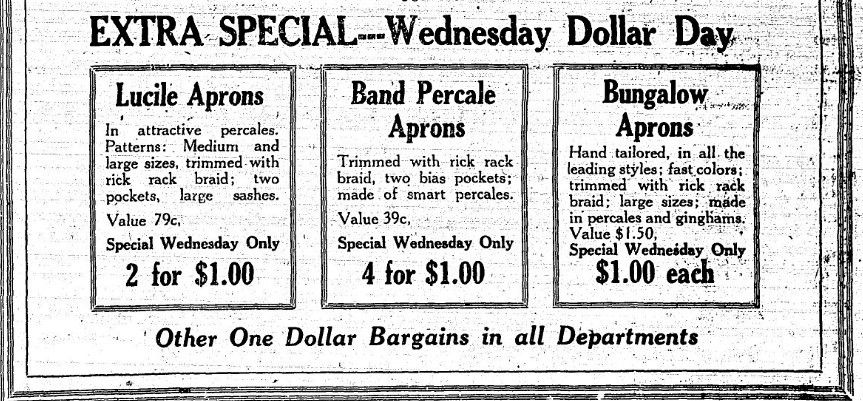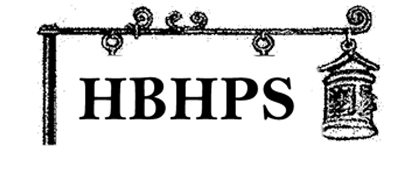Since Mother’s Day is a breath away we thought we’d use this blog to honor our Moms and an article of clothing about which many wax poetic.
The apron.
While we don’t suggest that you give your Mom one for a present on Sunday, we are sure that many family memories of beloved women involve this simple garment.
The apron is a French invention, from the word napron, meaning a small piece of cloth. Clearly this small piece of cloth has evolved in a slew of ways over the years. While the basic premise was to keep clothing clean – it was easier to wash the apron than the entire dress when cleaning was a major chore – there are numerous sizes and styles which have come and gone in vogue.
Back in the 1800s the apron was utilized by men and women of all stations and the quality of the cloth determined the standing of the person wearing it. It also may indicate the profession. As a matter of fact, tradesmen were referred to as “Apron Men” once upon a time. Blacksmiths wore heavy leather aprons to protect themselves, while cobblers wore black to hide the black wax of their profession, masons wore white to camouflage the dust from stone. Butlers were green, butchers were garbed in blue stripes while barbers wore checks.
Over the years, women have had all manner of aprons, long sleeve, no sleeve, smock, cocktail, etc. Materials differed along with styles. Nurses wore different aprons from the house-keeper whilst the lady of the house would wear another altogether.
In 1886, aprons were used as a form of social amusement. “Rainbow parties” were held. The young girls in attendance would wear an unhemmed apron in their choice of color. They would be given a number and the young men in attendance would choose a number from a box in the men’s cloak room. They would then need to hem the apron of their chosen one. Ah yes, the good ole days, when men could hem. The handiest man amongst them won the prize and the aprons were raffled off for charity.
Apron and Necktie “Sociables” were also a thing.

1922 County Review Riverhead
However intriguing that all may be, many relate aprons to their younger days, when the beloved women in their lives wore aprons. They covered their clothes as they put together Sunday dinners or held bandaids or treats in their pockets. Eggs were carried in them and children had their tears wiped away by them. First sewing and embroidery projects often included this simple garment. The stitches may have been wonky, but were sewed with good intentions.
We hope this piece of cloth brought up beloved memories of Moms of all varieties, hopefully your own.
